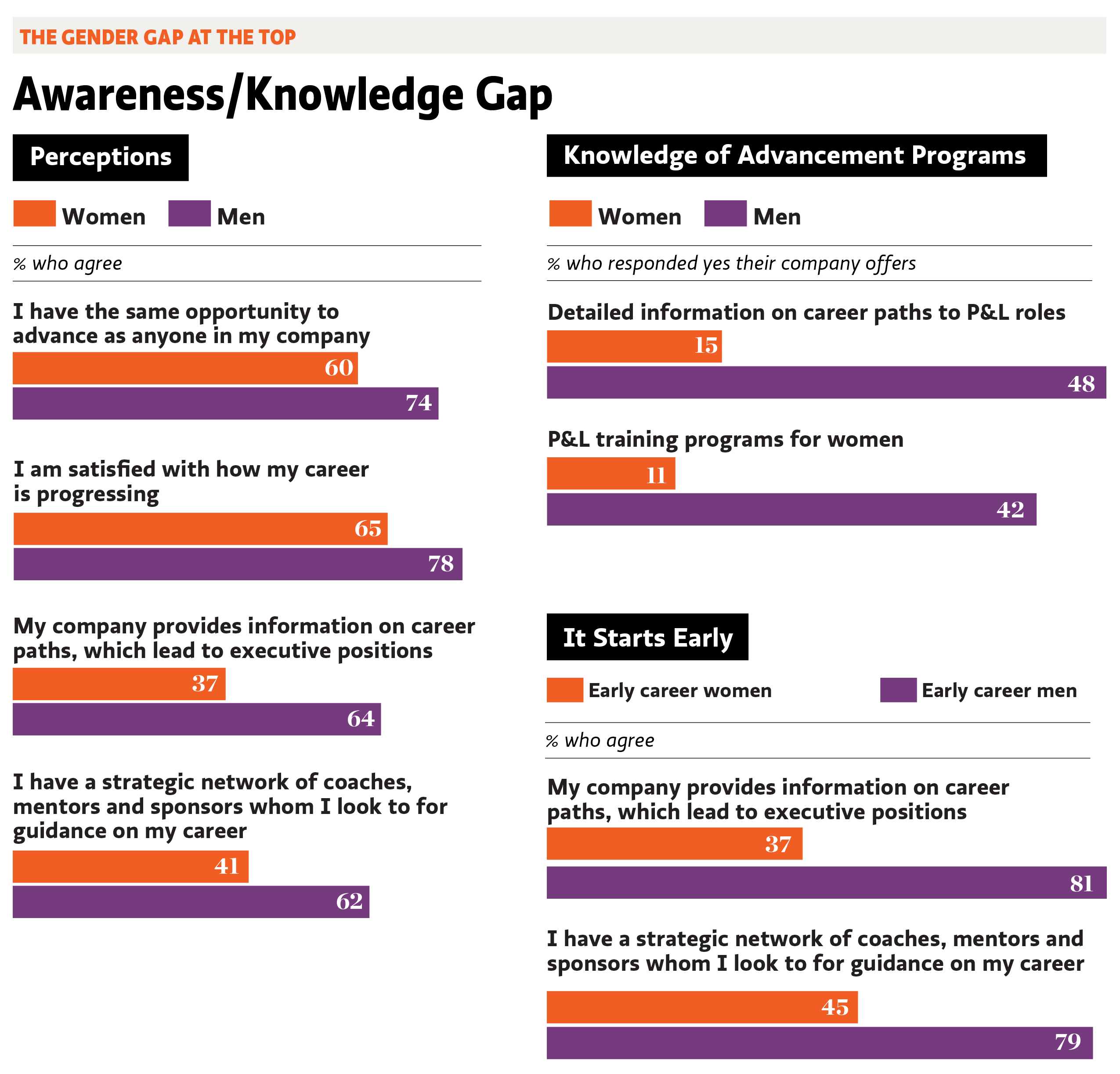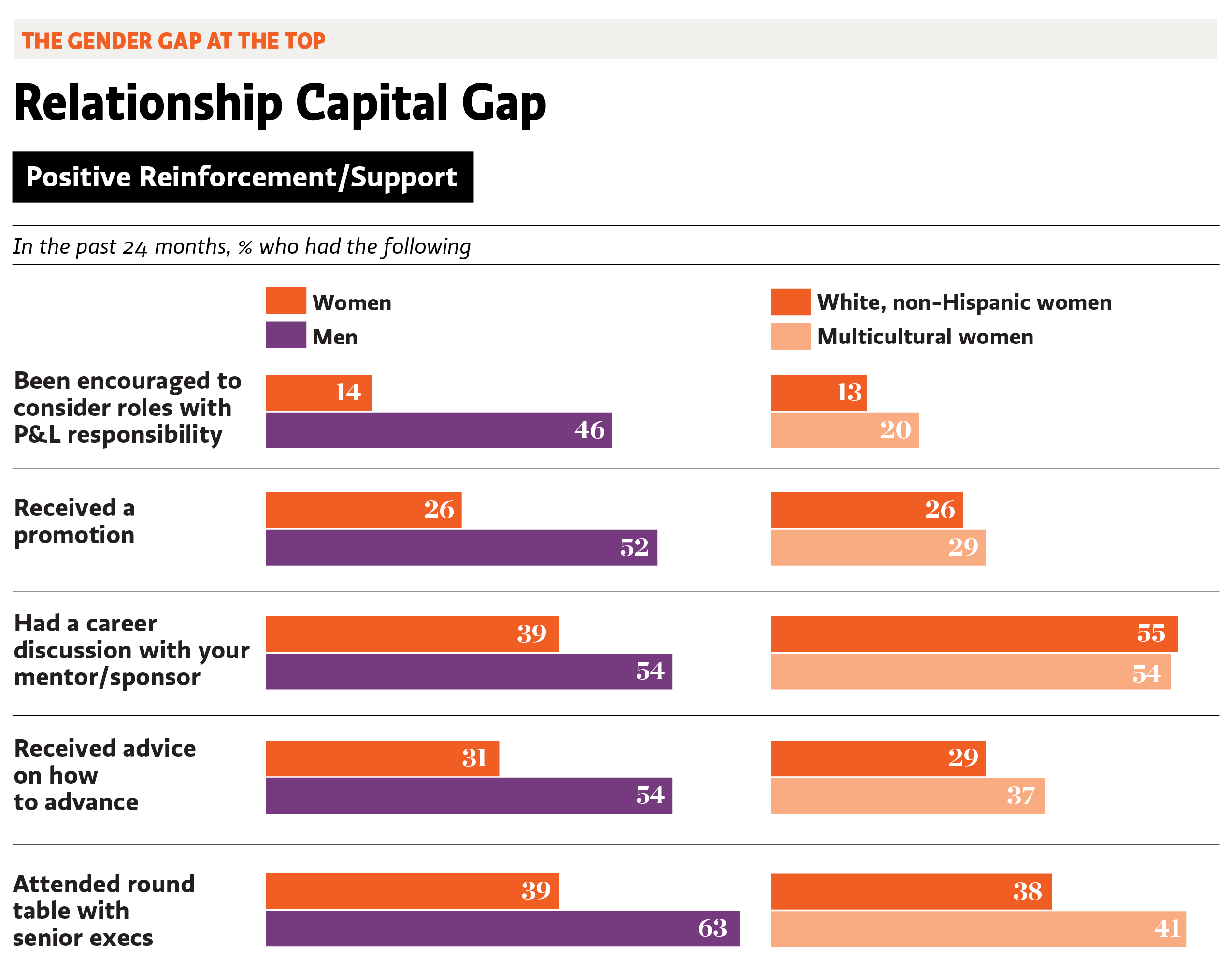Last week it was widely reported that every single S&P 500 company now has a woman on their board of directors — a long-awaited milestone in the larger gender parity fight. Now that there are no longer any S&P 500 companies with an all-male board, and while it is an accomplishment worth celebrating, there is still a way to go.
According to Equilar, a company that analyzes corporate boards, in 2012, one in eight S&P 500 boards boasted all-male directorships. And in 2019 women hold 27 percent of all S&P 500 board seats, up from 17 percent in 2012.
But while the uptick in the number of women holding board seats between 2012 and 2019 is an improvement, it is nowhere near to reaching gender parity, especially when it comes to multicultural women.
Navient is the S&P 500 company with the highest percentage of female board members: 58.2 percent being women. General Motors and Macy’s along with DBP member organizations Wells Fargo, Best Buy, Procter & Gamble and HP are part of the top 25 S&P 500 companies with the highest percentage of women board members, according to CNBC.
It remains to be seen what will happen in the coming years, particularly in the wake of the #metoo movement and with legislation, such as California’s recent law which mandates gender diversity by requiring that public companies with principal executive officers in the state (regardless of where they are incorporated) include a “representative number” of women on their boards of directors.
According to the law, by the end of 2019 companies are required to have a minimum of one woman on their board. By the end of 2021 companies are required to have two women on their board if the corporation has five directors and three women if the corporation has six or more directors.
Shifting away from board representation, there remains a gap for women in the top ranks of organizations.
A recent Working Mother Research Institute report, The Gender Gap at the Top: What’s Keeping Women From Leading Corporate America? takes a comprehensive look at this and found that despite the introduction of programs and initiatives designed to move women up, the reality is that the CEO and C-suite numbers—and in the pipeline—are stagnant. And they are even worse for multicultural women.
This project looked at the experiences of women—and men—at all levels of corporations to ascertain what perceptions and realities are keeping them out of the highest ranks.

Working Mother Research Institute
So why are these numbers not trending upward more quickly?
The research unveils four main gaps still unaddressed:
- Awareness/knowledge by women of what’s needed to move up and what opportunities exist
The report notes that a significant percentage of women do not understand nor have access to information about career paths that lead to C-suite positions. They’re unaware of what steps are required for vertical movement and whether they are considered high potential or C-suite material. Many don’t even realize there are training and development programs, career guidance, mentoring and sponsorship programs available to them.

Working Mother Research Institute
- Ability to build relationship capital
Far more men than women recognize the critical importance and benefits derived from networking, mentoring and sponsorship in elevating one’s personal profile, developing one’s brand and finding allies to help move up. And with multicultural women, the negative impact of the gap is even more significant.
- Confidence in oneself and willingness to take risks
Some women are afraid to take on stretch assignments or new positions unless they feel they already have all the qualifications. There are not enough role models for women to help visualize themselves in those roles. Consequently, there are too few senior executive women who can provide coaching, mentoring and sponsorship for more junior women. - Corporate cultures that “walk the talk” of accountability in creating opportunities for women
Real implementation—and holding people accountable to drive measurable results—is rare. Companies are checking the boxes with diversity programs, especially those aimed at advancing women. The business case for diversity must assume the same degree of importance in the C-suite as market share and bottom line.
Here are some tips to address closing the gaps:
Closing the Awareness Gap
- Identify and communicate the difference between staff and line roles and how they impact career paths
- Make succession planning a critical and visible top-of-the-house activity monitored by senior leaders and HR
Closing the Relationship Capital Gap
- Help women find mentors who can provide different types of advice and support over time, emphasizing profit and loss-related experience where possible.
- Hold senior leaders accountable for identifying high-potential women, especially multicultural women, as protégés and providing them with visibility, stretch assignments and mentoring at critical points in their career
- Provide opportunities for social networking and exposure to influential senior leaders not dependent on gender-stereotyped activities or interests, such as sporting events
Closing the Aspiration/Risk-taking Gap
- Use the company’s communications networks to provide visibility to women leaders who have successfully reached senior levels while raising a family and create opportunities for conversations with these women along with early and mid-career employees
- Leverage the heightened aspirations and self-confidence of multicultural women by ensuring they are carefully considered for P&L and feeder positions
Closing the Culture Gap
- Get the CEO on board by demonstrating the value women bring to the business. Consistently include the CEO’s support for women’s advance- ment in internal and external messaging
- Ensure the company’s widespread communication and acceptance of the positive business case for diversity at senior levels
- Establish and communicate at senior levels a clear, metrics-driven framework to increase the pool of women candidates for P&L and feeder positions, accompanied by goals tied to performance reviews and compensation for senior leaders
- Hold senior leaders accountable for results in diverse succession planning and talent development as well as in finance and operations
Subha Barry, President of Seramount, called this research just the beginning in the long road to figuring out why the gender gap remains consistent at top corporate levels.
“We repeatedly call out that there’s a deficit of women at the upper echelons of management, and institute policies and programs intended to fix that, but the truth is, change is slow,” she said.
“While we did pull out information for multicultural women in this report, in 2020 we are going to dive even deeper into the particular challenges they face, and break it down specifically by race and ethnic group,” she added. “And, in 2021, we are planning to examine the global challenges of getting women to the top.”
To take a look at additional findings and data from the Gender Gap report and to obtain more tips on how to close these gaps, please read the full report here.

